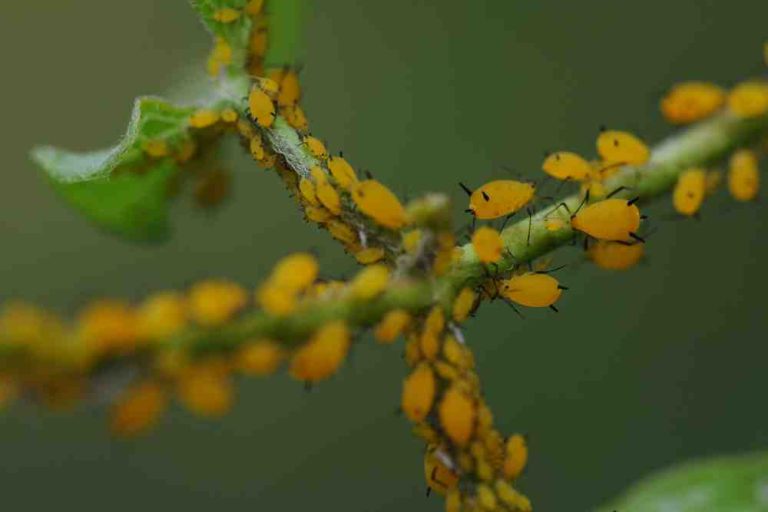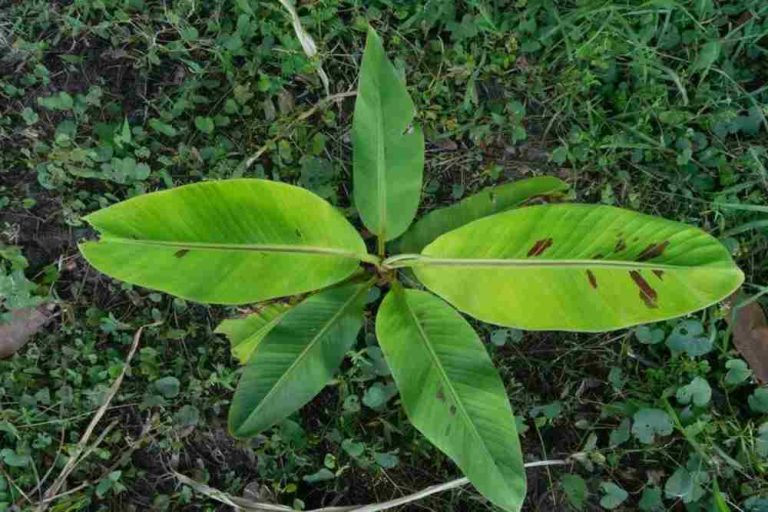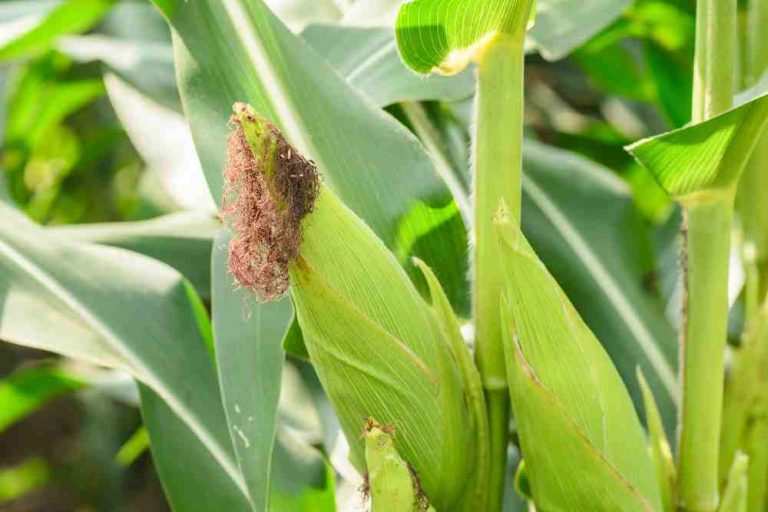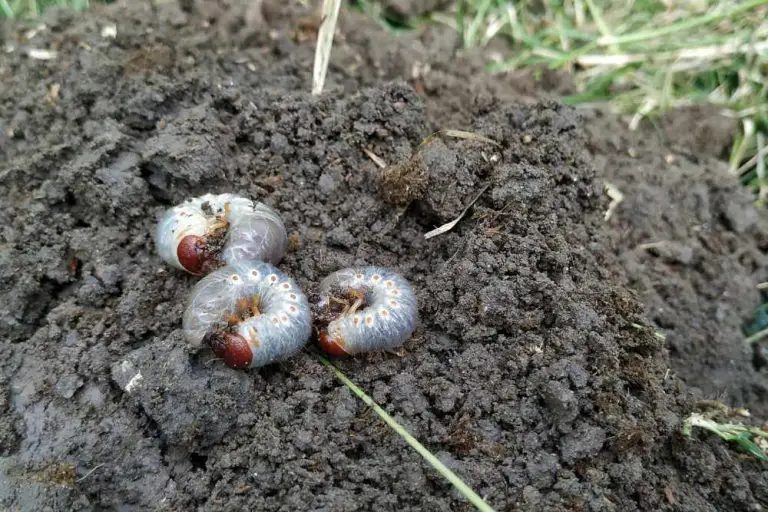How to Get Rid of Cabbage Moths: A Comprehensive Guide
The cabbage moth is one of the most frequent garden pests. We know every gardener has a problem with them! They can be deceptive, frustrating, and harmful to plants. There are several simple techniques to keep cabbage month away while still reaping a gorgeous, plentiful harvest!
The cabbage moth (Mamestra brassicae) is best recognized as a pest that causes significant crop damage to a wide range of plant types. Because the species feeds on a wide range of fruits, vegetables, and crops belonging to the genus Brassica, its popular name, “cabbage moth,” is misleading (i.e. cabbage, Brussels sprouts, broccoli). Tobacco, sunflower, and tomato are also among the important host plants, making this pest species very economically damaging.
From roughly 30°N to 70°N in latitude, the cabbage moth has a wide geographic distribution over Europe and Asia. Regions of Europe, Asia, and Africa north of the Sahara Desert are all included in the Palearctic region.
Due to the fact that numerous host plants are either endemic or domesticated in diverse sections of this region, the moth can thrive in nearly all regions of this region due to local adaptation. While the moth is normally restricted to this range, there is a risk that it will spread to new areas via global food commerce businesses involving live plant imports.
How To Identify Cabbage Moths

Unfortunately for gardeners, the cabbage moth lacks many identifying features that make it easy to identify. They are around 1.5 inches long, like many other moths. They have two wings in the front and two in the back. These have bands and spots in black and white on a brown background. A white line towards the edge of their wings can help identify them as cabbage moths, however, it may not be very noticeable.
Caterpillars of the cabbage moth are green with black and brown patterns. These are more obvious at the end of the larvae stage when they grow and mature. When they are prepared to develop into adult moths, brown pupae are formed.
Cabbage moth larvae and mature adult forms are similar to other moth species. Because of this, they are challenging to see. One of the greatest methods to identify if you have cabbage moths is to look at how they affect plants. Larvae prefer to remain on the underside of the leaves and near the ground while they eat the leaves. Look around for larvae of cabbage moths if you find something eating your cabbage, broccoli, sunflowers, or tomatoes.
Cabbage Moth Life Cycle
Eggs are pale white, hemispherical, oblong, and ribbed after oviposition. The eggs also develop a brown spot in the center. The egg is approximately 1.2 mm in diameter and hatches in six to ten days.

The caterpillar goes through six developmental stages. The first instar caterpillar has three pairs of legs along the thorax and an anal appendage at the end of the abdomen. It is light green in color. The color of the caterpillar remains consistent until the fourth instar when the dorsal region darkens.
The dorsal region has turned brown, while the ventral region has turned yellow. At this stage, there is some variation in coloration. There appears to be a dark stripe running down the length of the caterpillar, with pale yellow stripes flanking the sides. The color of the head is copper. The head remains copper and the body develops a dorsal hump in the sixth and final instar.
This larval development takes four to six weeks, and the final body length ranges from 40 to 50 mm. During the night, larvae might be spotted feeding on plant leaves. They are usually found on the underside of the host plant’s leaves, close to the ground.
In their early stages, larvae are gregarious feeders. Larvae in the fourth instar may disperse to various parts of the original host plant or migrate to other host plants. The larvae will burrow into the earth as pupae and remain there until they emerge as adults.
Pupae are brown and shiny. Pupae can develop once or twice a year, with pupation commonly occurring during the winter. Pupae form inside cocoons found on the earth. Pupae are typically 20 mm long. The pupae can be discovered in the ground anywhere between 2 and 10 mm deep.
During the months of May and June, adult moths emerge from pupae on the earth. Their appearance is similar to that of many other moths of the same family. They are gray, black, green, or brown with delicate patterning of lines and spots across the entire adult body. The forewings are usually darker in color than the hindwings.
The adult has a kidney-shaped spot enclosed in a white border on the forewing. In addition, there is a thin white border that wraps across the entire forewing. The wingspan ranges from 34 to 50 mm. The developing moth’s nutritional condition is related to its adult wingspan and body size. This species is distinguished by curved dorsal spurs on the tibia of the forelegs.
Biological Control
- Monitoring is important during the early phases of crop development. Monitoring is rapid, simple, and effective in the early phases of the crop, which lasts about 70 days from cabbage planting (or 40 days from transplant). The cabbage moth can be identified by checking window-like leaf damage caused by the young caterpillars. Check the crop twice a week to discover caterpillars before they go to the plant’s growing center. After this point, when the cabbage plant is larger and more structurally complex, detecting the caterpillars becomes too difficult, and sampling becomes considerably less successful.
- Crop rotation and cover crops: Crop rotation and cover cropping are both essential for a healthy garden for various reasons. First, they help to reduce disease and insect problems by not planting the same crop in the same region, which helps to disrupt pest and disease life cycles by shifting their food supply. Second, they help to guarantee that plants get the nutrients they need and stay healthy, making them less prone to pest and disease problems in the first place.
- Pick the worms off by hand: Remove the worms by hand. It’s not fun, but it can be effective, especially if you only have a few plants. To kill worms, place them in a bucket of soapy water. Check the undersides of the leaves. If you come across a cabbageworm with small white cocoons on its back, leave it alone. The cocoons will hatch into parasite wasps, which will kill the worm and possibly others.
- Experiment with companion planting: To keep pests away, plant a variety of crops in your cabbage or broccoli patch. Wormwood, thyme, marigolds, tomatoes, tansy, and peppermint are all thought to repel cabbage worms. Use companion plants like buckwheat and yarrow to attract beneficial insects that will combat the cabbage worms for you. Consider interplanting single brassicas around your garden. Unlike a monoculture bed, having a plant here and there makes it much more difficult for cabbage moths to find.
- Grow a trap crop: Have you ever noticed that cabbage worms or other garden pests prefer a particular variety? While you may believe you should avoid planting that crop, the opposite is true. Plant the offending type, and pests will be less likely to attack other varieties you’ve grown. Some individuals also prefer to burn the trap crop with a flame weeder after it has become infested with bugs in order to kill many of them. If you pick the burn method, make sure your fire does not become out of control and that you follow local regulations.
- Prepare your own plant spray: Tansy tea or oil has been shown to repel cabbage worms when sprinkled on the plants due to the volatile oils it contains. Sprays created from dish soap, crushed garlic, or mixed spicy peppers have worked well for others.
- Grow Purple and Red Varieties: Did you know that pests dislike red and purple vegetables? They certainly are! Purple cabbage and red kale in our yard are substantially less harmed by cabbage worms and aphids than their green counterparts year after year. One reasonable case is that bugs cannot blend in and conceal as easily on brilliantly colored vegetables as they can on green ones. As a result, they would be an easy target for predators. Furthermore, research indicates that anthocyanin (the antioxidant-rich flavonoid that makes red, purple, and blue-pigmented vegetables so healthy!) is actually somewhat poisonous to caterpillars. It might even keep larger pests like squirrels away!
- Always consider an integrated approach that includes preventive measures and, if available, biological treatments. Products containing the active chemical pyrethrum, lambda-cyhalothrin, or deltamethrin can be used to control this moth’s caterpillars. Pyrethrum extracts can be administered numerous times up to one day before harvest. A maximum of two applications of lambda-cyhalothrin and deltamethrin is recommended, with a seven-day harvest gap.
- Consider using organic pesticides: Before you assume we’re supporting the use of harsh chemicals, keep in mind that there are organic and natural insecticides. Diatomaceous earth, a powder produced from crushed, fossilized prehistoric crustaceans, is probably the most well-known example. This powder will cut insects (but not humans or animals) as they crawl through it, but it must be reapplied after each rain.
- Look for an OMRI (Organic Materials Review Institute) certification label to ensure that whatever you buy is organic. It’s also worth noting that pesticides have an impact on all insects, good and bad. Before you adopt this technique, consider what beneficial insects may be damaged by your pesticide choice. At the end of each season, remove and compost any leftover plant material. Cabbage worms spend the winter on dead plant debris, thus it is critical to remove and compost it. You might also till it under.
- At the end of each season, remove and compost any leftover plant material. Cabbage worms spend the winter on dead plant debris, thus it is critical to remove and compost it. You might also till it under.
- Make use of the row cover: The row cover will suffice if you cannot discover another solution that works for you. Cover the plants immediately after planting to ensure that cabbage moths do not lay eggs on your plants. Gardening is never simple, but it’s more challenging when there are a lot of pests to deal with.
Chemical Control
Where possible, always consider an integrated approach that incorporates biological treatments as well as preventative measures. The caterpillars of this moth can be controlled with products based on the active ingredients pyrethrum, lambda-cyhalothrin, or deltamethrin. Pyrethrum extracts may be used multiple times until the day before harvest. A maximum of two administrations of lambda-cyhalothrin and deltamethrin are advised, and a seven-day harvest gap must be observed.
Highlights of Preventive Measures
- If more resistant varieties are available, use them.
- Regularly inspect fields for symptoms of the disease.
- When you see white spherical moth eggs or caterpillars, pick them off.
- Grow your Brassica crops in netting to keep females from laying eggs.
- Plant early to avoid population surges during the head’s first development.
- Intercrop with hosts that are not susceptible.
- Controlled pesticide application can be used to stimulate natural enemy populations.
- To attract and catch the moths in large numbers, use pheromone traps.
- Planting susceptible plants near cabbage fields should be avoided.
- Weeds should be removed since they can act as alternate hosts.
- After harvest, plow the field to expose the pupae to predators and freezing temperatures.
Hopefully, you’ll discover a plan that works for you and your garden among these suggestions.
- 20+ Chic Boho Bedroom Ideas for a Cozy and Stylish Retreat - June 20, 2024
- 12+ Modern Boho Living Room Ideas to Create a Unique Oasis - June 10, 2024
- 10 Stunning Canopy Bed Ideas for a Dreamy Escape - May 16, 2024







